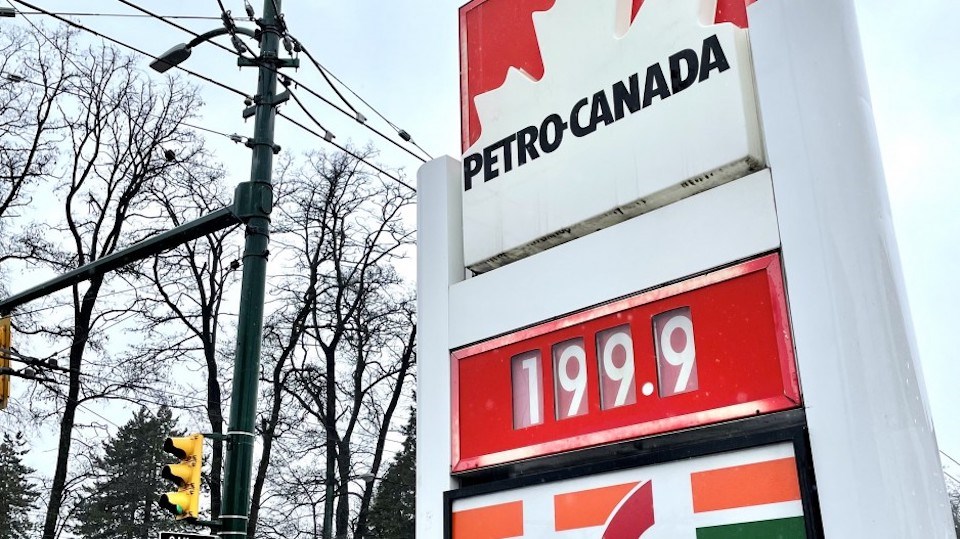Inflation is showing no signs of abating across Canada, hitting 5.7 per cent in February for the largest annual increase since August 1991.
If there’s any sort of positive for the West Coast, it’s that Statistics Canada data released Wednesday reveals B.C. tied Saskatchewan for the lowest increase among the provinces at 4.7 per cent.
“The outlook for inflation is clouded by the fog of war,” TD senior economists James Marple said in a note, referring to Russia’s invasion of Ukraine.
“[Commodity] prices skyrocketed at the outset of the conflict but have since fallen back. It is difficult to predict with any confidence their path from here, but it will depend in no small part on whether the conflict escalates further or moves toward peaceful resolution.”
Lockdowns in China brought on by COVID-19 are also creating uncertainty for prices moving forward, with many goods in the country’s southern ports possibly facing delays in shipping.
For Canadians, gasoline proved to be the biggest factor driving price increases last month, jumping 32.3 per cent. If gasoline is taken out of the equation, inflation still rose 4.7 per cent last month. That’s still up from the 4.1 per cent in January.
Shoppers are also paying substantially more at grocery stores than they were one year ago with prices in aisles rising 7.4 per cent.
Beef (+16.8 per cent), chicken (+10.4 per cent), and eggs and dairy products (+6.9 per cent) adding up to be the costliest increases for shoppers.
“If there is any good news here, it's that price increases outside of food and energy are relatively stable – they rose 0.3 per cent in seasonally adjusted terms in February,” BMO chief economist Douglas Porter said in a note.
“The less-good news there is that the underlying trend in these core prices is still running at almost 4 per cent, well above the top end of the [Bank of Canada’s] target, and reinforcing the point that inflation is getting entrenched.”
Porter said the latest data will push the central bank towards a tighter stance in the coming months.
“Rising commodity prices increase inflation and hurt consumers but are not necessarily negative for the Canadian economy overall, whose producers benefit from higher prices that are born in part by our trading partners,” Marple said.
“As such, they should do little to dissuade the Bank of Canada from normalizing monetary policy.”




